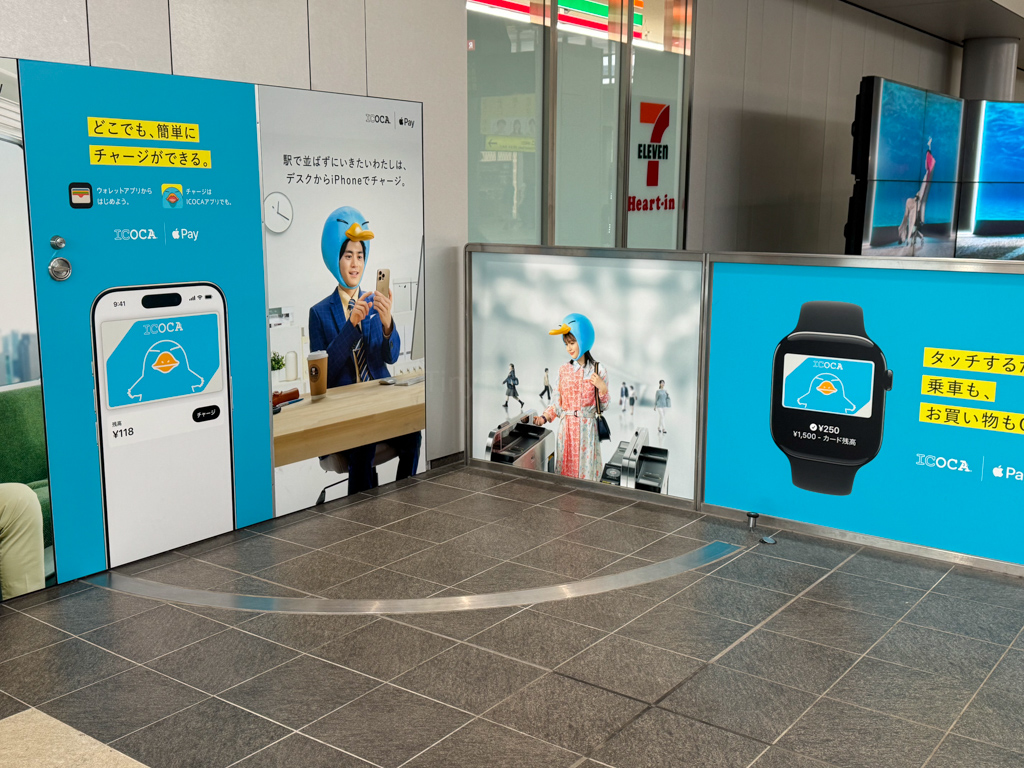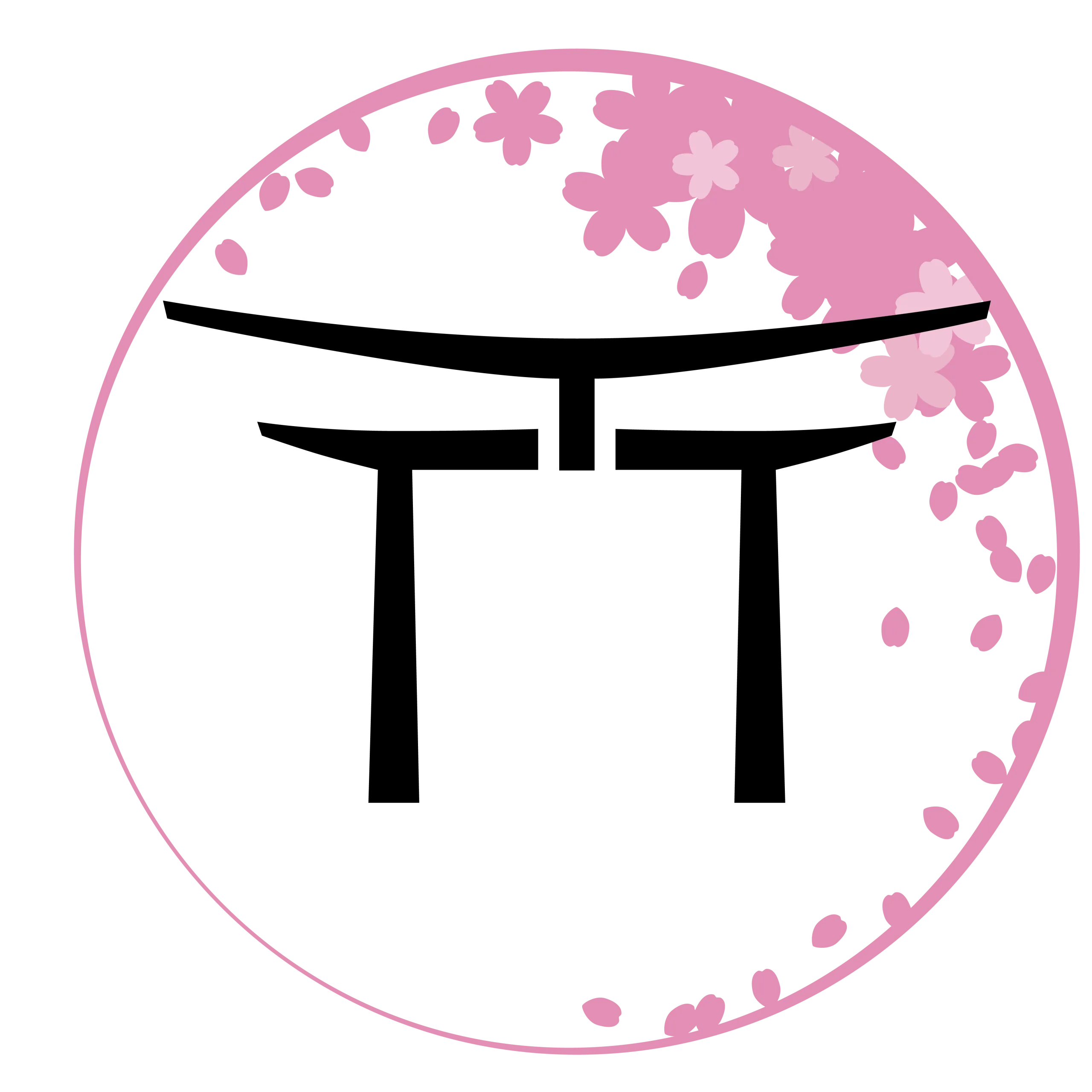Which Travel Card to Get in Japan (ICOCA, PASMO, or Suica)

Last Updated on July 24, 2025 by Kay
This post may contain affiliate links, meaning I may earn a small commission on any purchases through those links at zero additional cost to you. Whatever I make goes to keeping this website running and I am forever grateful for the support. See my Privacy Policy for more information.
There are several electronic travel cards (IC Cards) in Japan that allow you to ride trains and buses throughout the country with a single tap. The main ones are ICOCA, PASMO, and Suica.
These cards are issued through different railway companies but you’ll be able to use them on almost any train or bus throughout the country. For instance, I have a PASMO card that I got when I lived in Tokyo, but now I use ict in Osaka, Kyoto, and the surrounding area. You can even use IC Cards for the Shinkansen if you register it.
(For more information on purchasing Shinkansen tickets can be found here. This is the official site that my husband and I use as residents of Japan.)
I don’t believe you’ll encounter any difficulty using IC Cards in major cities in Japan but very small towns and local trains and buses might not accept them.
IC Cards are not only great for public transportation but you can also use them to make purchases from convenience stores and sometimes even from vending machines.
If you want to use your IC Card to pay for something at a convenience store, simply say the name of the card and “de” (pronounced “deh”). For instance: “Suica de”.
Note that children ages five and under do not have to pay for train fare on regular trains and buses. (They do have to pay for a Shinkansen ticket if they are using a seat.)
Children ages six to twelve had to pay a child’s fare and IC Cards for kids by the following companies are available as well.
Here is a brief overview of the most popular IC Cards in Japan.
Table of Contents
ICOCA IC Card and Where to Buy It
ICOCA, pronounced “ai-koh-kah”, is issued by JR West and is available for purchase from Kansai International Airport. If you’re arriving at Kansai International Airport in Osaka, ICOCA is your only option for an IC Card.
This card will also work in other cities throughout Japan such as Tokyo and Kyoto. I used to have one of these back in the day when I lived in Yamaguchi prefecture and traveled across Japan with it.
Note that you cannot charge an ICOCA card using a credit card. Instead, you have to use cash. (Read why carrying cash is essential in Japan.)
Another option for Osaka is to use the Osaka
PASMO IC Card and Where to Buy It
PASMO are only issued in Tokyo at Tokyo Metro stations, private railways, and Narita Airport. This is what I have since I used it as a commuter pass when I lived in Tokyo. I continue to use it while living in Osaka.
You can top up the money on your Pasmo with Apple Pay. My husband keeps telling me to do this since this is what he does but I am an old lady and just prefer using cash.
Suica IC Card and Where to Buy It
Suica cards are issued by JR East.
You can only purchase Suica cards in Tokyo and you cannot add money to it using a credit card.
There are two kinds of Suica cards: Welcome Suica and a regular old Suica.
Welcome Suica is for tourists. You don’t need to pay a deposit; however, you will not get refunded if there is any remaining balance. The card can only be used for 28 days.
Suica is mainly used by residents in Japan. You have to pay a 500 yen deposit for the card
Notably, Suica is coming out with a new app in Spring 2025 just for tourists called Suica Mobile. The physical card card can only be purchased in Tokyo but it seems like you might be able to download this app and use it from any point of arrival in Japan.
However, the app hasn’t come out yet and there’s very little information online about it at the moment.
How to Charge IC Cards
IC Cards can be charged using cash at any train station.
If you don’t have enough money on your card when you try to leave a station, don’t worry. There will be a machine inside the gates where you can top up your card. These cards usually don’t take credit cards so make sure you have enough cash on you!
The machine will give you change if you only want to add a certain amount to your card but have a large bill. For example, if you want to add 2000 yen to your card, you can pay with a 10000 yen bill and get 8000 yen back. This is a great way to break big bills as well!
If you’re taking the bus, you’ll have to pay the difference in cash and you’ll receive change. Buses usually don’t accept bills larger than 1000 yen so please keep this in mind.

